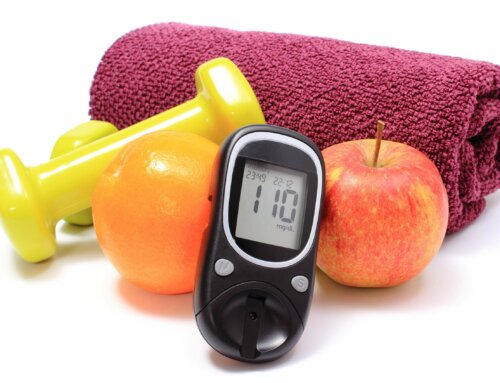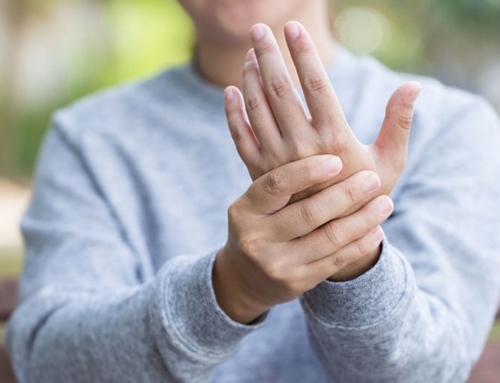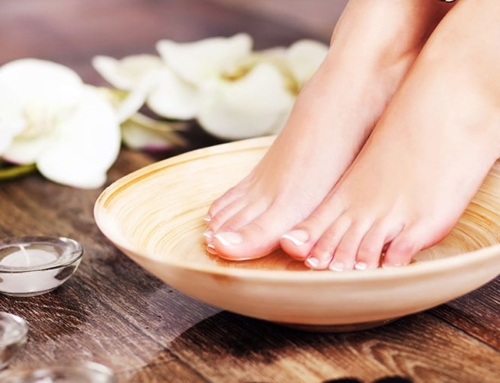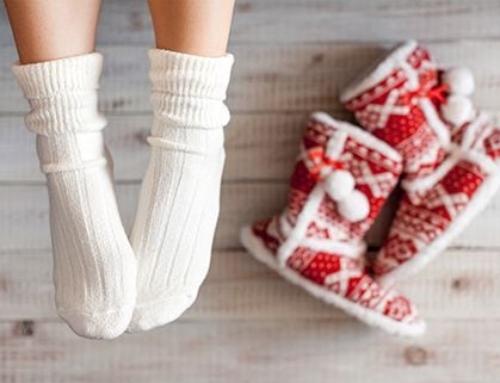Feet are especially prone to damage from diabetes.
Here are three of the main reasons why:
- Diabetes causes nerve-damage. This is called diabetic neuropathy. If the nerves in your feet are damaged, then you may not be able to feel pain, heat, or cold. You could develop a sore or a cut on your foot and never know that it is there.
- Diabetes causes poor circulation throughout the body. When blood flow is poor to the legs, this is called peripheral vascular disease. Without good circulation, it is difficult for the body to heal itself properly when injuries occur.
- Diabetics are more susceptible to infections. Coupled with poor circulation, an infection is hard to fight. Untreated, such an infection can lead to very serious consequences.
Fortunately, you can help prevent foot problems by paying special attention to the care of your feet. Here are the Top Ten steps you can take to help maintain your feet.
- Choose your shoes carefully for proper fit. The shoes you select should be comfortable when you try them on and should not need to be broken-in. Ill-fitting shoes can cause calluses and other foot problems that you may not be able to feel. You may wish to consider buying special footwear designed for diabetics.
- Always wear shoes or socks, even around the house. This lessens the chance of accidental injury to your feet and protects your feet from the damaging effects of heat or cold.
- Wash your feet every day in warm water (not too hot), but do not soak them, as this can cause skin to dry out. Dry your feet thoroughly, especially between the toes, since excess moisture can cause chaffing.
- If your skin is dry, apply a diabetic foot cream after you’ve washed and dried your feet. Do not use cream between the toes unless the lotion is specially made for that area.
- Inspect your feet every day for bruises, redness, calluses, cuts, ingrown toenails, and so forth. Use a mirror to check the bottoms of your feet if you cannot bend over or if your eyesight is poor. You can also ask a family member, friend, or nurse to check your feet for you. If you do find an injury, always consult with your doctor on the best way to help it heal.
- Have your doctor show you how to gently use a pumice stone to control corns or calluses. Removing corns or calluses yourself may not be a good idea, as you may damage the skin.
- Trim your toenails regularly. Ideally, do this after washing, as the toenails will be soft and easier to clip. It is best to trim the toenails following the natural curve of your toe, rather than in a rounded shape. Do not cut into the corners of your toenails or you may break the skin. File any rough edges with an emery board.
- Stop smoking. Smoking decreases the flow to small blood vessels, a problem that is pronounced in diabetics who already suffer from poor circulation.
- Exercise. Physical activity increases the circulation throughout the body, which will help your feet and legs. If you are unable to walk, consider alternative exercises such as swimming or pedaling a recumbent bicycle.
- Have your doctor check your feet at least four times a year. He or she should check your sense of feeling and your blood flow, as well as show you how to properly care for your feet.






Leave A Comment